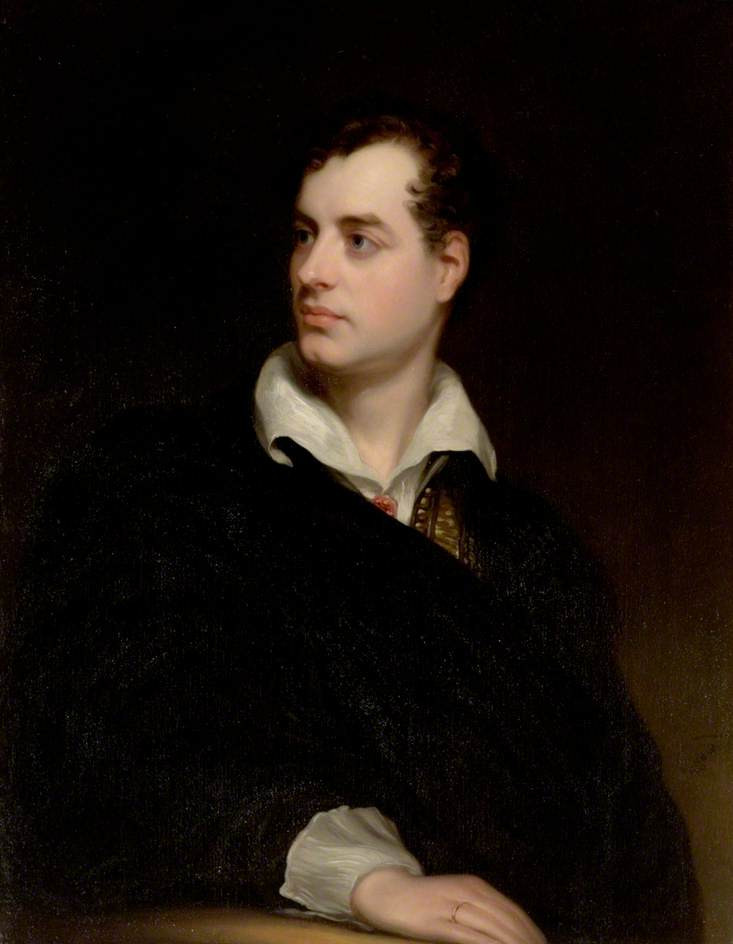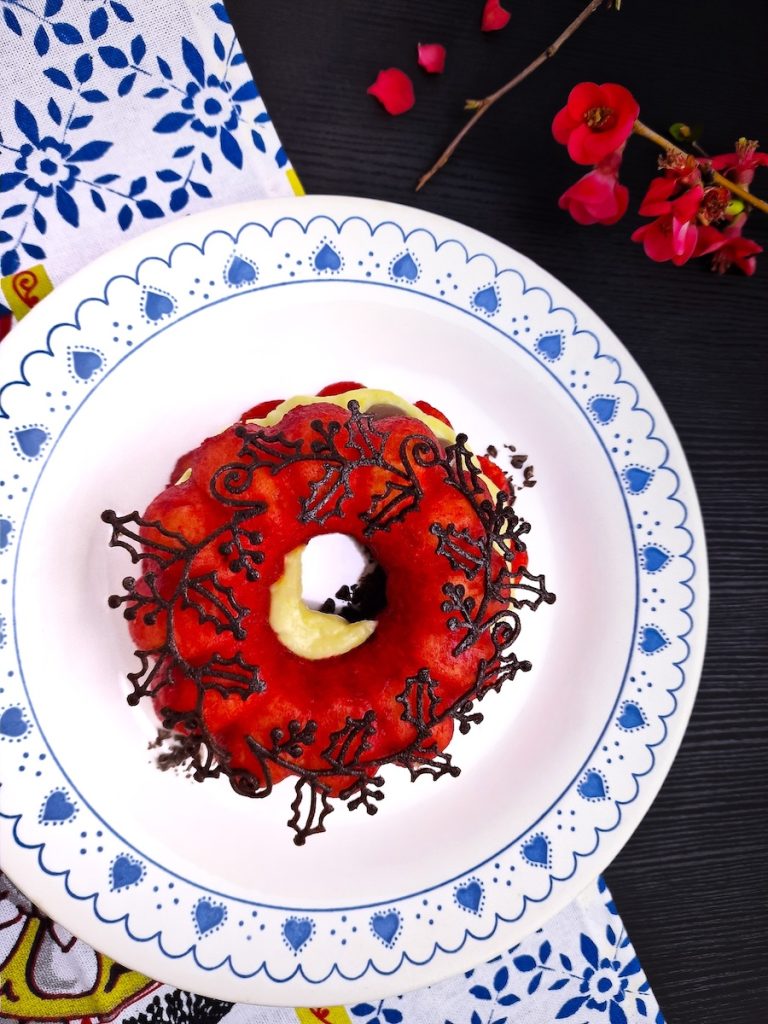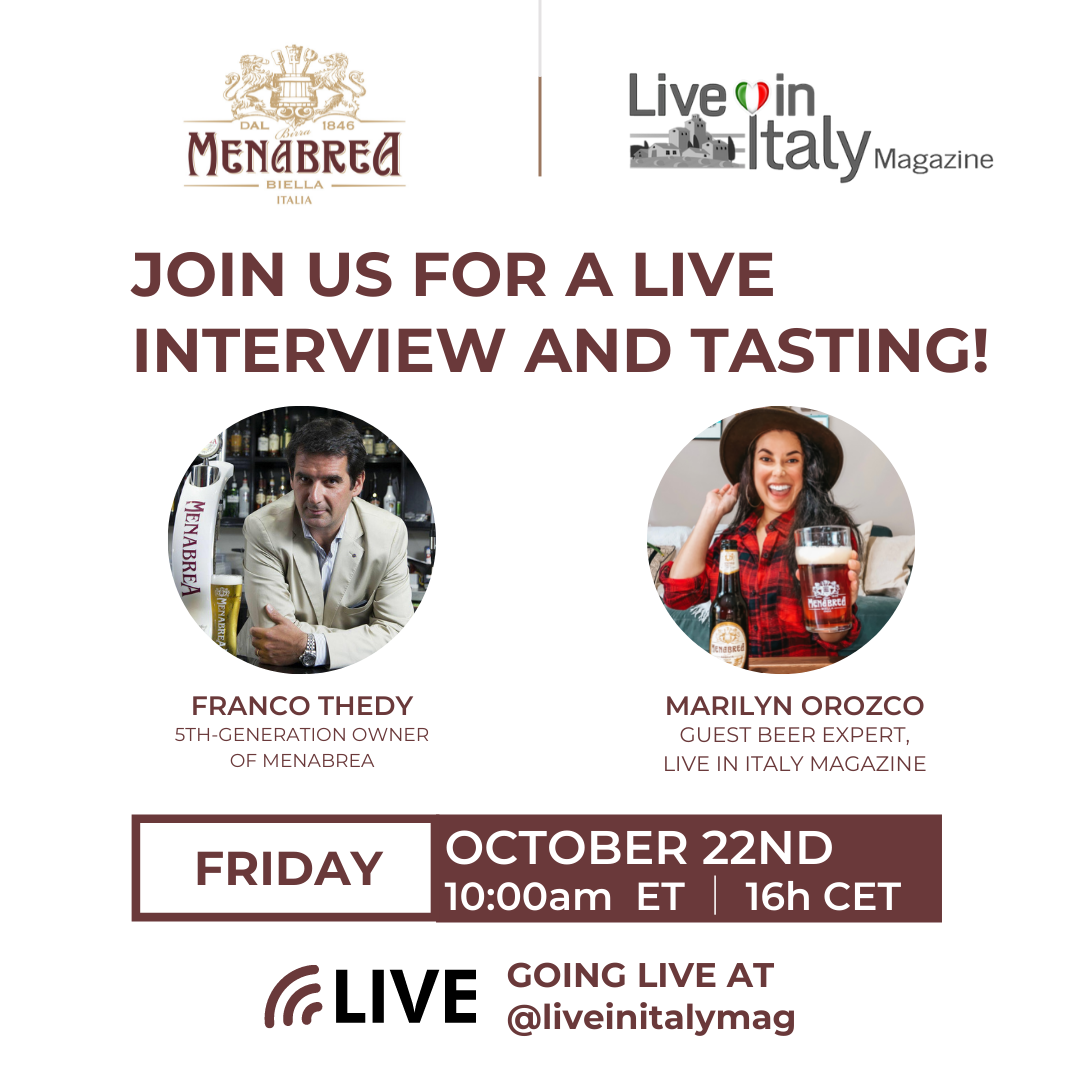A bottle, neither small nor large, with no label sat in my grandmother’s pantry, on the top shelf, where I could not reach it. It was always here, and you could see that red liquid inside that had a halo of mystery. It was one of my first questions, as a child, just coming to grips with that feeling of unbridled curiosity that we all share and that makes us insatiable seekers and tireless travelers. Inside that little bottle was rosolio, a liqueur with ancient roots, made from the maceration of rose petals. It took me little time to understand how that drink – born in convents where it was offered to important visitors – was used.In my house it was mostly used to make Carnival desserts or on Sundays, when zuppa inglese was prepared: a dessert with a vintage soul but immortal and yet always present on holidays. The zuppa inglese is a soft dessert that envelops the palate. It is one of those things, like rosolio – its trusty companion – that tastes just like home, solemn moments, love and a hint of mystery.
Shrouded in Mystery
The zuppa inglese is shrouded in mystery, starting with the name, a curious Anglo-Saxon reference that has nothing to do with its origins, still decidedly uncertain, but certainly Italian.
The first mention of zuppa inglese is in the late 19th century, in Pellegrino Artusi’s “La scienza in cucina e l’arte di mangiar bene”. Having identified the period, the question remains as to how this dessert originated and especially where. It is fascinating to research the genesis of things that have been around us forever, as often we are so used to them that we ignore their origins. Fortunately, curiosity leads us to travel and seek knowledge about what we eat and, why not, also about ourselves. On this journey we get to central Italy, where the earliest records say that zuppa inglese is so called because in its original recipe it contained rum — the liquor typical of English sailors. Apparently the current version is due to Vincenzo Agnoletti. The Roman confectioner at the ducal court of Parma in the early 19th century replaced rum with the cheaper Alchermes.
Alchermes
The presence of Alchermes and, in some cases, Rosolio is a clear indication of a Renaissance matrix, since they are both of medieval origin. Flower infusions were already all the rage in the late Middle Ages. Alkermes, on the other hand, is probably subsequent to the reopening of trade routes with the Arabs, from whom the ingredient that makes it red was imported. The name “al-qirmiz” means cochineal. In the Renaissance these liqueurs were well known and widely used, and they maintained their importance until the 1800s, especially in Florence.
Tuscany
This is why we have two theories related to Tuscany. According to the first, zuppa inglese is said to have originated with the name zuppa del Duca in July 1552 in honor of Duke Ippolito da Correggio, whom Cosimo I de’ Medici had sent to Siena to intercede between the Sienese and the Spanish who were fighting each other. From Siena, the cake arrived in Florence, where it became one of the specialties of Café Doney, very popular with English residents in the city. According to the other much simpler thesis, the cake was the brainchild of a housekeeper of an English family living in the hills of Fiesole.
Lord Byron
There are many hypotheses bouncing back and forth between Tuscany and Emilia. In the 16th century, at the court of the Dukes of Este, cooks reworked an Anglo-Saxon Renaissance dessert (the trifle) made with cream, sponge cake and sherry from Cadiz. It seems that such a reinterpretation of the trifle was made to pay homage to a well-known English personage of the time, a certain Lord George Gordon Byron, who had come to Ravenna to visit Countess Teresa Gamba Guiccioli, whom he had previously met in Venice. He fell in love with both the woman and the dessert and decided to stay.
“Passion is the element in which we live; without it, we hardly vegetate”.

Observer of the World
So wrote Byron himself, one of the most valuable poets in history as well as an idealist and eccentric character, the protagonist of countless love affairs that led him to flee puritanical England to lead an adventurous life across Europe. He was an atypical aristocratic descendant, visionary, hedonist, opposed to social conventions, a courageous eccentric who lived between the tragic and the heroic. Byron was endowed with an admirable artistic sensibility. He had a cynical, brash and sometimes contradictory personality. Byron described himself as a mere observer of the world, a bored world, according to him, but one that he managed to live in with absolute passion.
Sensation
I think that, deep down, this is the mystery hidden in this trip around Italy, which began with that bottle from Grandma and ended up reading Byron‘s poems. One of these poems struck me in particular and put an end to my search: “The great object of life is Sensation – to feel that we exist – even though in pain – it is this “craving void” which drives us to gaming – to battle – to travel – to intemperate but keenly felt pursuits of every description whose principal attraction is the agitation inseparable from their accomplishment.”
In the end then, we can say that it matters little how zuppa inglese came about but what incredible journeys love, passion, and curiosity take us on.

Ingredients
For the sponge cake
- Eggs 110 gr
- Flour 00 30 gr
- Potato starch 30 gr
- Sugar 60 gr
- Fine salt 1 pinch
- Vanilla pod ½
For the custard
- Whole milk 400 gr
- Fresh liquid cream 100 gr
- Egg yolks 72 gr
- Cornstarch 45 gr
- Sugar 140 gr
- Vanilla pod 1
- Dark chocolate 50 gr
To garnish
- Alchermes 100 gr
- Bitter cocoa to taste
For the cocoa cigarette paste
- Butter 100 gr
- Egg whites 100 gr
- Icing sugar100 gr
- Flour 00 75 gr
- Bitter cocoa 25 gr
Method
- Begin by making the sponge cake. In a bowl, pour the room-temperature eggs and beat them with whisks while pouring in the salt, vanilla seeds, and sugar;
- Work until the mixture becomes light and frothy;
- Arrange a strainer in the bowl and pour the flour and potato starch into it;
- Incorporate the powders by making gentle motions from the bottom to the top and making sure there is no residue left on the bottom of the bowl;
- Pour the mixture into a previously buttered and floured mold;
- Level the surface with the help of a licker and bake in a preheated, static oven at 160° for about 40 minutes;
- Let cool and then unmold;
- Meanwhile, take care of the custard. Pour the milk and cream into a small saucepan;
- Scoop out the vanilla seeds, keeping them aside from the pod, and pour the latter into the saucepan;
- Let it heat, letting it come close to a boil;
- Meanwhile, pour the vanilla pulp over the egg yolks;
- Add the sugar, whisk quickly and then sift in the cornstarch;
- Stir and at this point the milk and cream should be hot, so discard the pod and pour a couple of ladles into the egg mixture to thin it out;
- Pour back into the pan and stir with a whisk while it cooks for a few minutes;
- As soon as the cream thickens you can turn off the heat;
- Divide the cream into two bowls and into one pour the chocolate;
- Cover both creams with plastic wrap and let them cool;
- Prepare the dough for the cigarette pastry, put the butter, egg white, powdered sugar, flour, cocoa in the food processor;
- Once the dough is smooth, take it out and transfer it to a bowl and set aside to rest;
- Meanwhile, take the mold, transfer the dough into a pastry bag and spread it on the decorative mold then level with a spatula;
- Bake at 180°C for a few minutes or until the cigarette pastry is lightly browned;
- Remove from the oven and allow to cool;
- Now retrieve the prepared sponge cake, cut it into thick slices and soak them with the alchermes;
- Now proceed by first pouring some chocolate cream and then the classic cream, alternating the layers of sponge cake;
- Unmold the cigarette pastry from the decorative mold and lay it on top of the cake.



